Ever wonder what’s in your tube feeding formula? Here’s a guide to the basic ingredients found in almost all commercially prepared enteral formulas.
Carbohydrates
Carbohydrate is your body’s preferred source of energy. Sources in most enteral formulas include:
- Corn syrup solids function as sweeteners and/or thickeners.
- Corn maltodextrin enhances texture and flavor. It comes from cornstarch that is partially broken down.
- Sucrose, or table sugar, is used in oral formulas to enhance flavor.
- Fructose is added to diabetic formulas to help control BG. It is naturally found in fruits, vegetables and honey.
Fat
Among other things, fat is used for stored energy and the structure of your body’s cells. Plant oils are a source of essential fatty acids, such as omega 3 and 6, which are essential to human life. The following are some of the fat sources used in formula.
- Canola oil
- Corn oil
- Sunflower/safflower oil
- Soybean oil
- Soy lecithin is used to emulsify the ingredients, or to keep them together in formulation.
- Medium Chain Triglycerides (MCT) are derived from coconut and/or palm kernel oil. This type of fat is generally more easily absorbed than other types of fat. Formulas intended for people who have trouble absorbing fat and other nutrients are higher in MCTs than other formulas.
Protein
Protein maintains lean body mass and is important for immune function. Sources in formula include the following.
- Whey and casein are from cow’s milk but the lactose has been removed. You’ll usually find a mixture of whey and casein in the ingredients, as whey is absorbed almost immediately, while casein provides a sustained release of amino acids.
- Soy protein isolate is a purified form of soy protein.
Intact proteins, such as in standard formulas, are absorbed and well-tolerated by most people. The proteins in some formulas are partially broken down into chains or completely broken down into amino acids, the smallest form of protein.
Fiber
Some formulas contain fiber, a type of carbohydrate that humans cannot digest. There are two types of fiber: soluble and insoluble.
- Soluble fiber in formulas is usually derived from pectin, guar gum, or oat fiber. This type of fiber increases sodium and water absorption so that stools are more formed. It also serves as food for the good bacteria in your colon. Prebiotics is the name given to specific forms of soluble fiber that nourish your colonic bacteria.
- Insoluble fiber attracts water and helps stool pass through the intestine more quickly and easily. Most formulas contain soy fiber.
Water
Water is the first ingredient in your formula. The amount of water in your formula depends on how concentrated it is.
- 1.0 kcal/mL formulas are about 84% water
- 1.2 kcal/mL formulas are about 82% water
- 1.5 kcal/mL formulas are about 76% water
- 2.0 kcal/mL formulas are about 70% water
Vitamins and Minerals
Most formulas provide 100% of the recommended amount of vitamins and minerals in 1,000 or 1,500 calories, so if your tube feeding prescription is meeting your estimated calorie needs, it should also meet your vitamin and mineral needs.
Sometimes, only the chemical names of vitamins are listed in the ingredients. Here are some common names and which vitamins they refer to.
- Tocopheryl = Vitamin E
- Niacinimide = Vitamin B3
- Pyridoxine = Vitamin B6
- Phytonadione/Phylloquinone = Vitamin K
- Cyanocobalamin = Vitamin B12
Other Ingredients
Manufacturers add other ingredients to enteral formulas that have various functions. Here are some of them.
- Carrageenan, derived from seaweed or algae, is used as a thickening agent. You’ll also find it in ice cream and sauces.
- Gum arabic is used as an emulsifier and comes from a certain type of tree. It’s also used in some dairy products, like cheese.
For more information, see related articles and tube feeding resources here:







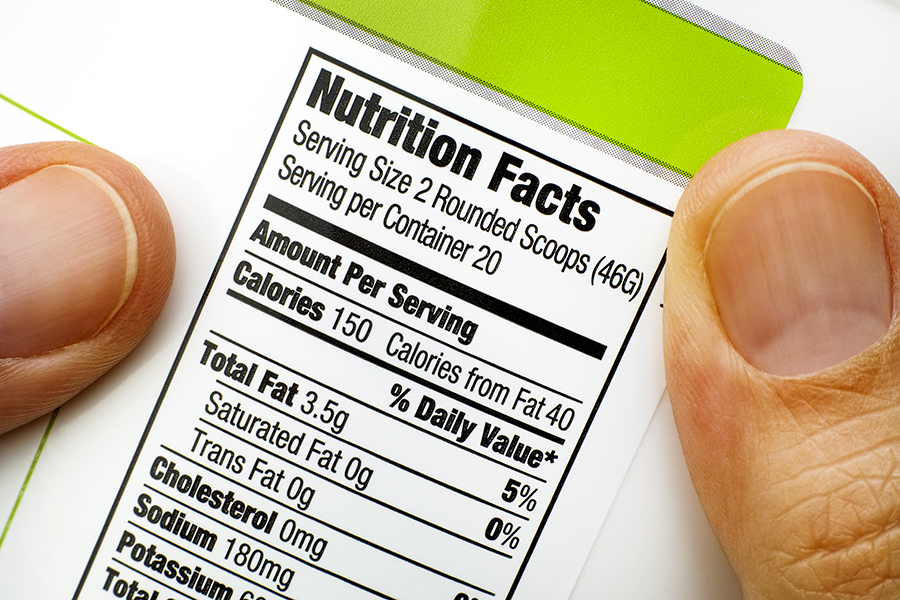
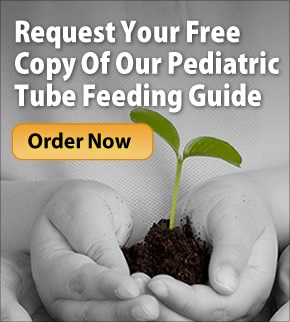




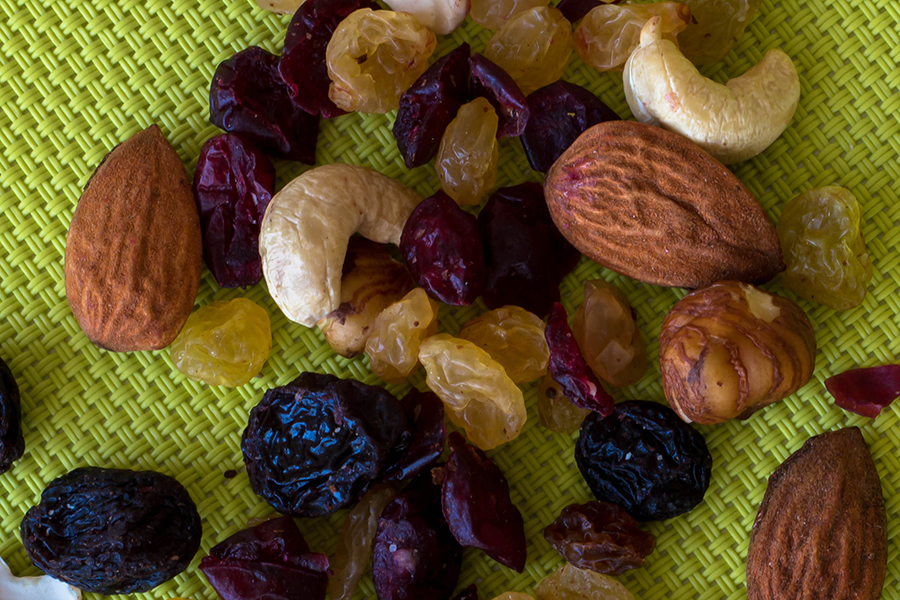



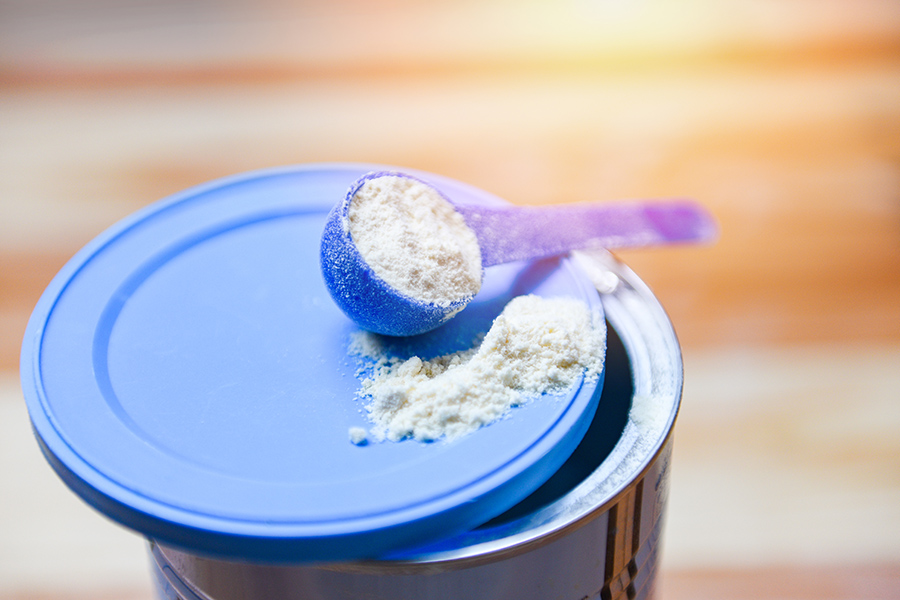

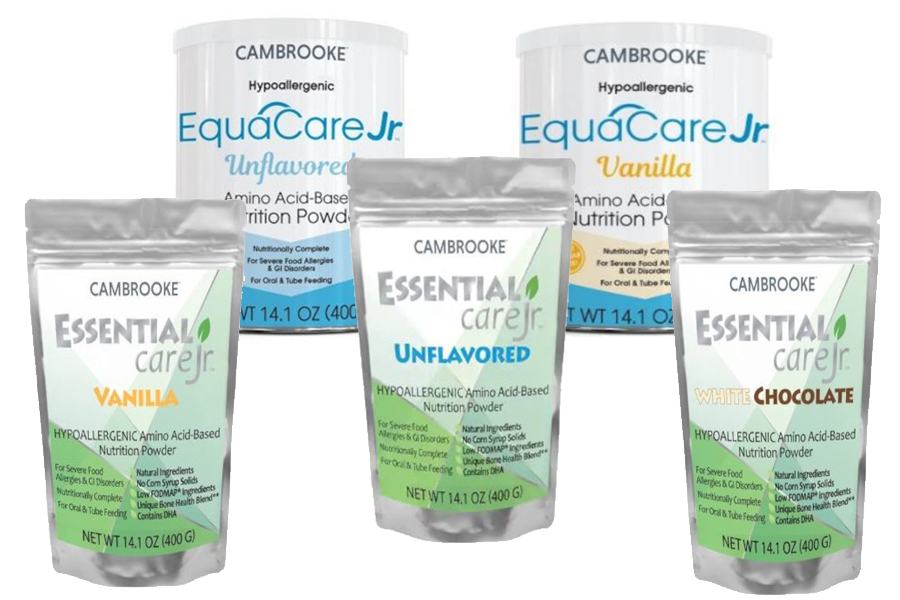
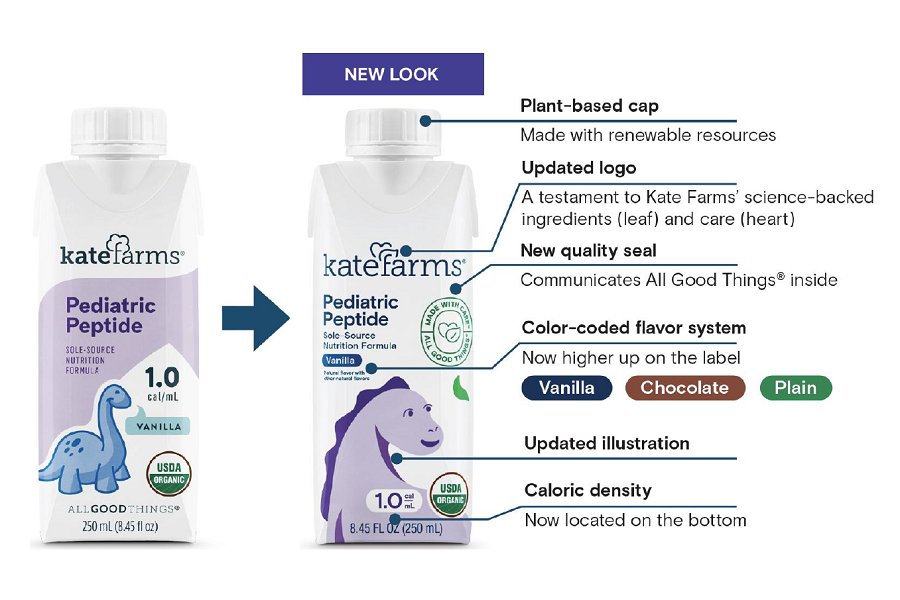




I’ve been wanting to replace my mom’s tube feeding formula but have always been afraid to because I don’t want to harm the tubing. Would love to have an alternative to the corn syrup based formulas as she’s beginning to experience systemic allergic reactions. A recent change has helped reduce the symptoms but would like to learn about the possibility of making our own formula. Anybody know anything about alternatives to the formulas?
My daughter (25 yrs. old) is fed via g-tube. She previously was getting Jevity, and gained a lot of weight (10 lbs >) in her upper body (belly, chest). I was told this could be a result of the soy ( estrogen)in the feeding formula. Since there is a history of female reproductive cancer in the family I want to keep her away from any added estrogen, especially since she will be getting fed this way for presumably a very long time. We’ve tried a different formula, Vital 1.5, but she seems to break out in an inconsistent rash and diarrhea. I’ve tried to find another soy free formula but have not succeeded. They all seem to list soybean oil and soy lecithin as ingredients. Can anyone tell me if this is the part of the soy that has estrogen or should I only be concerned about soy protein?
Thank you
to answer ur question— your mom needs liquid hope . it is a product containing 16 organic ingredients you can buy it online
it is soy, gluten, dairy free
Can anyone advise me or my friend Peter (karasp74@gmail.com) of an enteral feeding formula for a 69 year old woman with achalasia and in poor health that has NO sugar, preservatives, or other unhealthy chemicals? THANKS, ALL.
My question is can we make our own formula by combining necessary ingredients? Can the formula be made at home?